This website uses cookies
This website uses cookies to enable it to function properly and to analyse how the website is used. Please click 'Close' to accept and continue using the website.


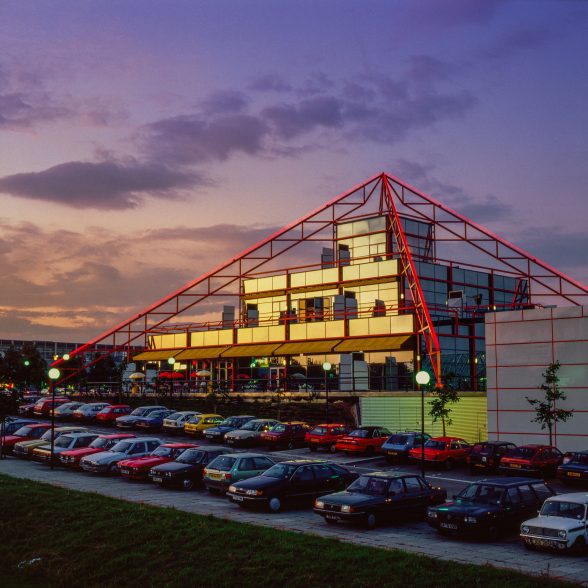
Image credit: Patrick McCarthy
Milton Keynes Councillors have voted unanimously to save The Point building from demolition following a strong objection by C20 Society, other heritage and civic organisations, and a local grassroots campaign. Rejecting plans by Galliard Homes for a cluster of 21 storey residential towers, the planning committee concluded the proposals demonstrated “no convincing justification of public benefits to outweigh the harm to heritage assets”.
Designed by BDP in 1985, Britain’s first American-style multiplex cinema was on C20’s 2023-24 Risk List and has been a long running case for the Society over the past decade. While the main pyramidal structure is a striking landmark of clear architectural and historical significance, the rest of the site – more than 50% of the total land area – is occupied by an unremarkable cinema hall and multistory car park. These do present ample opportunity for redevelopment, given an appropriate scheme that retains the ziggurat element of The Point.
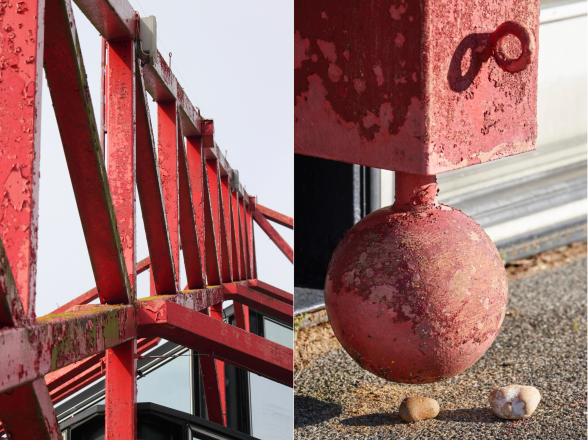
Image: Jamie Tilston (L), Andy Stagg (R)
From Avebury to Archigram?
Designed by Building Design Partnership (BDP), the Point was reputedly inspired by the work of avant guard provocateurs Archigram and became an instant Milton Keynes landmark upon its opening in 1985. As well has being the UK’s first multiplex cinema, the adjoining entertainment complex housed a games arcade, bingo hall and nightclub. Composed of mirrored boxes beneath a 70ft bright red steel pyramidal frame, and illuminated at night as a space-age beacon across the low-rise city centre, the Point remains a unique moment in British cinema architecture.
A 2019 Edwin Heathcote article in the Financial Times also playfully suggested the pyramid may have been part of a broader astrological theme from the early Milton Keynes planners. With street names like Midsummer, Silbury and Avebury Boulevards, a landscaped park of mounds and inscribed circular solar paths, and key buildings that align with the summer solitice, the notion wasn’t completely denied when put to Stuart Mosscrop, original architect with the Milton Keynes Development Corporation.

Decline and threat
The Point went into a decline after the arrival of the giant Xscape MK leisure complex in 2000, with the nightclub closing in 2007 and the Odeon cinema following in 2015. Outline planning permission for a redevelopment of The Point was first granted in 2014, yet expired in 2021 after several years of inactivity.
In the interim, the building has acted as a base for local charities, while grassroots campaigners have launched various petitions and crowdfunders in an attempt to save the building, highlighting its community value, innovative design and landmark status. Following rejection of C20’s listing application and the issuing of a COI (Certificate of Immunity from listing) by Historic England in March 2021, developers Galliard acquired The Point in early 2023, evicted the youth charity using the building and announced their intention to proceed with a £150 million housing development on the site. Designed by SWAP Architects, this would see a cluster of apartment blocks of up to 21-storeys containing 487 flats, and involve total demolition of all buildings on the current site.
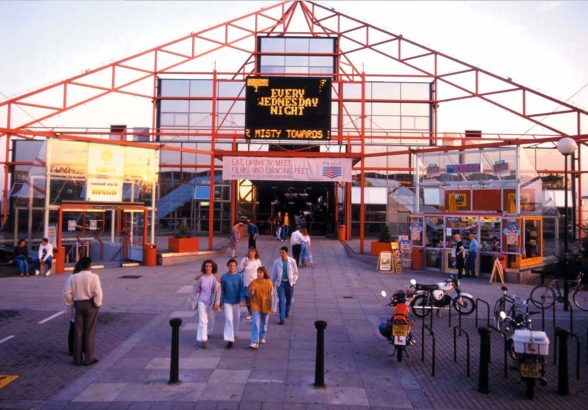
Image: Andy Foster
Reprieve and
A revised planning application came before Milton Keynes Planning Committee on July 18 2024, and was unanimously rejected by Councillors (in line with the Planning Officer’s recommendation), with particular criticism of the plans for not delivering an acceptable level of affordable housing and having no “convincing justification of public benefits to outweigh the harm to heritage assets”. C20 was joined by Historic England, the Cinema Theatre Association, Milton Keynes Forum and dozens of other organisations in objecting to the proposals.
Speaking to the Architects Journal, BDP Director Dominic Hook commented: ‘What’s the Point!? Well, the Point is something that has become a beacon, a landmark, in fact a cherished cultural icon that has become synonymous with Milton Keynes. Without it, the youngest “new” city in England would lose a sense of its own identity. We are delighted that it has been rescued.’
Richard Gray, Casework Chairman of the Cinema Theatre Association added that it is “not only a stunning visual asset for Milton Keynes, but as Britain’s first American style multiplex, it’s a building of huge historical and architectural importance”.
C20 Society now urges the applicants to pursue a revised scheme that retains and re-uses the pyramid structure, while redeveloping the connecting cinema hall and multistory car-park, which makes up more than half the total area of the site and is clearly of no architectural value.
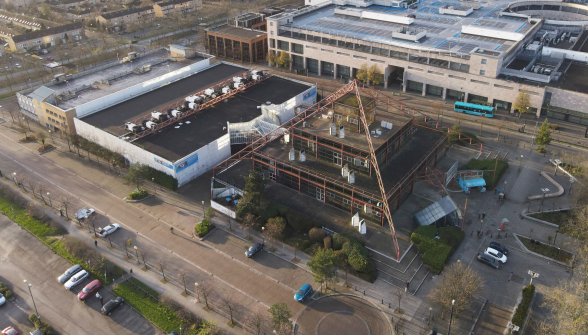
Image credit: Savills
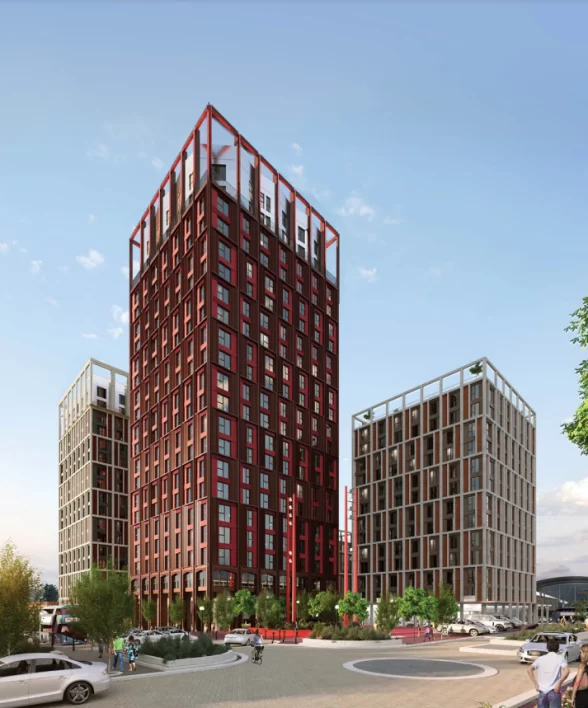
Image: Skyscrapercity

Become a C20 member today and help save our modern design heritage.